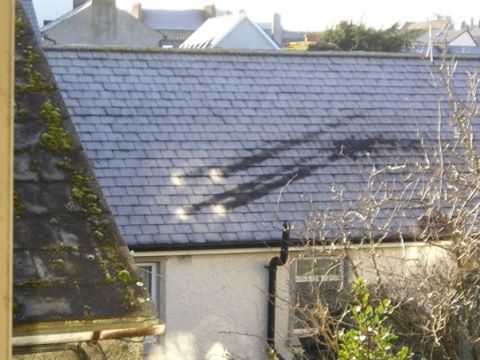
| |
| |
 | |
Global warming is the increase in average atmospheric and oceanic Earth temperature.
Ozone depletion is the chemically-induced destruction of the upper-atmospheric supply of a molecule composed of three oxygen atoms.
The "ozone layer" is in reality the stratosphere, extending from about ten to about thirty miles (15 to 50 kilometers) above the Earth surface. The stratosphere contains about 90% of atmospheric ozone, and while the concentration there is less than 10 parts per million, that quantity of the molecule makes the layer relatively opaque to a range of short ultraviolet waves.
Some of these short ultraviolet waves have a powerful influence upon some biological tissues.
The ozone hole, a seasonal gap above Antarctica, is not explicitly related to global warming — nor is the apparent progressive general depletion of ozone within the stratosphere.
Global warming is accountable for a wide range of collateral ecological effects, and — in the best theories — both of these problems are exacerbated* by human industry. The issues are correlated, in that way.
But global warming and the depletion of stratospheric ozone are two separate phenomena.
| |
* Most study seems to show that the depletion of the ozone is caused by humans.
Fluctuation within the average global temperature is a natural phenomenon. A large and growing set of data supports the idea that carbon pollution is contributing to the current warming of the planet's atmosphere.
Most educated people believe that carbon pollution is the greatest factor in the modern warming trend — and that human behavior is primarily culpable.
The crucial factor appears to be the production of carbon dioxide by the burning of fossil fuels.
↑ Return to "exacerbated" ...
| |
| |